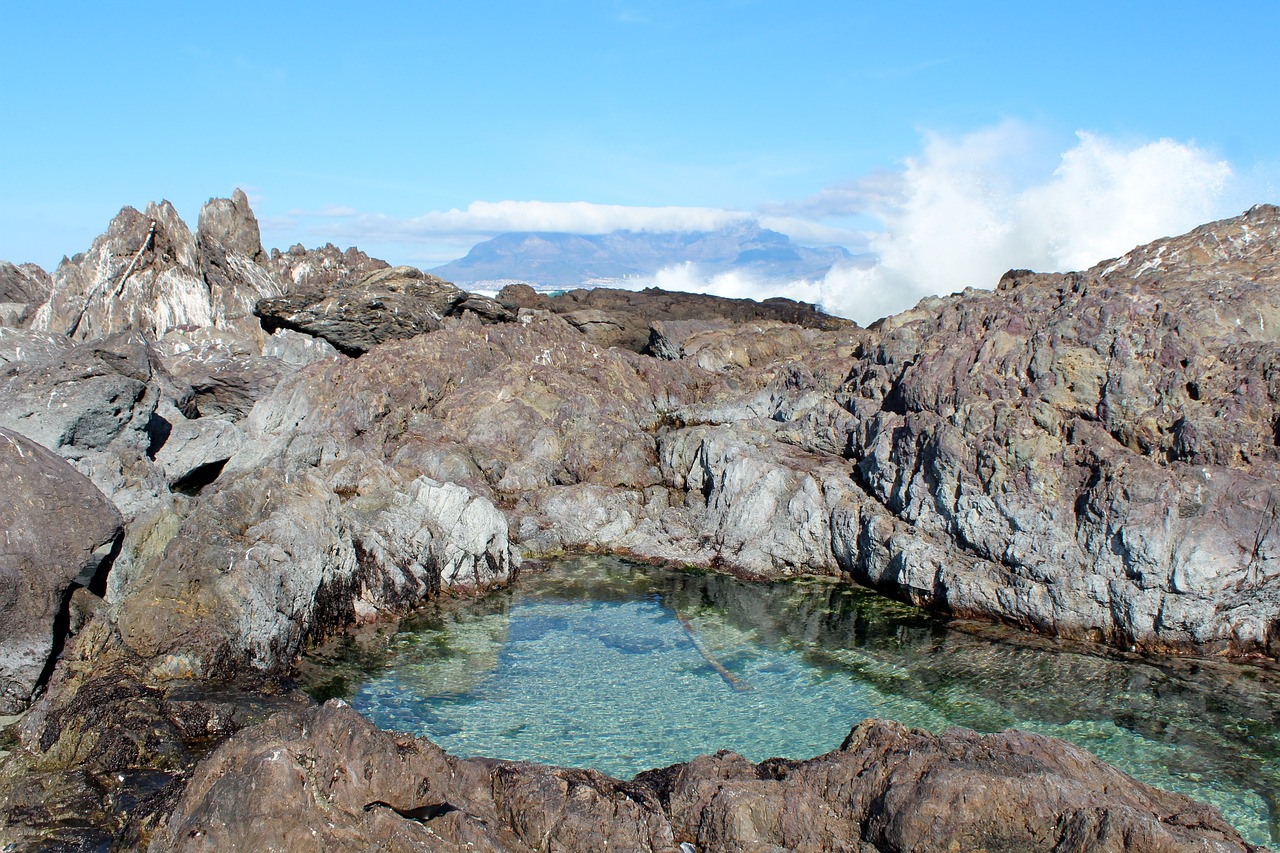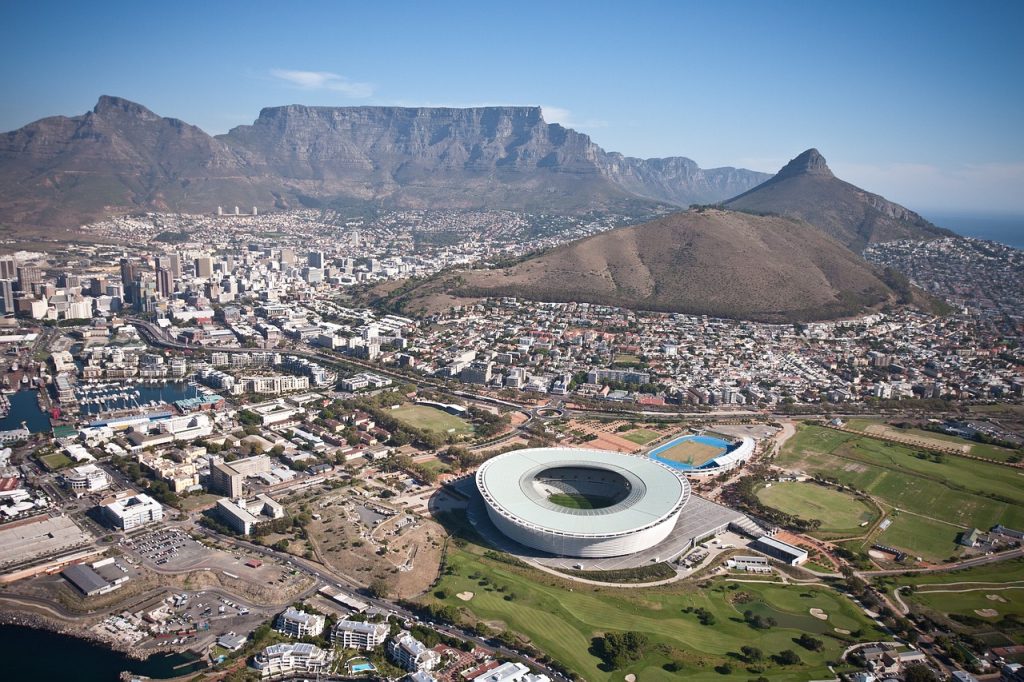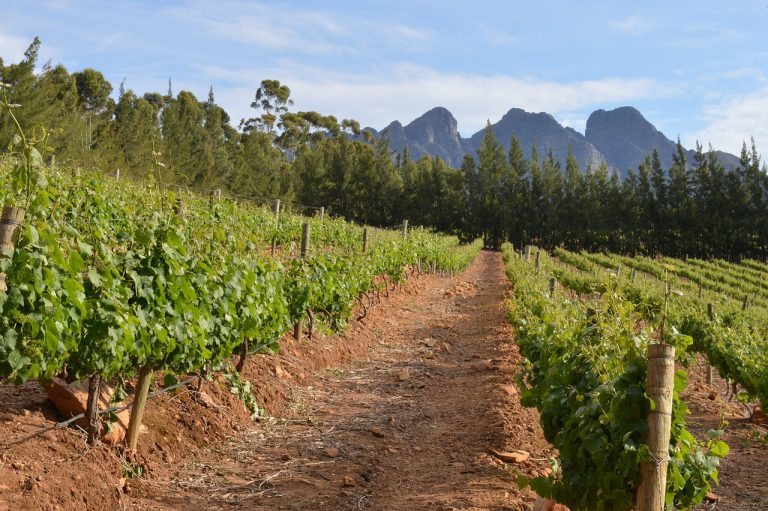Cape Town South Africa Video
Historical Landmarks of Cape Town South Africa: A Deep Dive
Cape Town, located on the southwestern coast of South Africa, is a city rich in history and culture. From its colonial past to its vibrant present, Cape Town boasts a multitude of historical landmarks that tell the story of its past. In this article, we will take a deep dive into the historical landmarks of Cape Town, exploring their significance and the stories they hold.
The Castle of Good Hope
The Castle of Good Hope, built between 1666 and 1679, is one of the oldest surviving colonial buildings in South Africa. It was constructed by the Dutch East India Company as a replenishment station for ships traveling between the Netherlands and the Dutch East Indies. The Castle served as a symbol of Dutch colonial power and played a crucial role in the defense of Cape Town. Today, it serves as a museum and a venue for cultural events.
- Key features: Bastions, moat, Dolphin Pool, William Fehr Collection
- The Castle of Good Hope is a pentagonal fortress with five bastions.
- The moat surrounding the Castle is now a beautiful garden.
- The Dolphin Pool, located within the Castle, is a popular spot for visitors.
- The William Fehr Collection showcases artworks and historical artifacts.
Bo-Kaap
Bo-Kaap, formerly known as the Malay Quarter, is a vibrant neighborhood in Cape Town known for its colorful houses and rich Cape Malay heritage. The area was established in the 18th century when emancipated slaves, known as Cape Malays, settled here. Today, Bo-Kaap is a popular tourist attraction, offering a glimpse into the Cape Malay culture and cuisine.
- Key features: Colorful houses, Cape Malay cuisine, cultural heritage
- The houses in Bo-Kaap are painted in vibrant colors, creating a picturesque scene.
- Cape Malay cuisine, known for its unique flavors and spices, can be enjoyed in local restaurants.
- The neighborhood is home to several mosques and Islamic cultural centers.
- Bo-Kaap celebrates its cultural heritage through festivals and events.

Robben Island
Robben Island, located in Table Bay, served as a prison for political prisoners during South Africa’s apartheid era. Nelson Mandela, the country’s first democratically elected president, was imprisoned here for 18 years. Today, Robben Island is a UNESCO World Heritage site and a symbol of South Africa’s journey towards democracy.
- Key features: Maximum Security Prison, Nelson Mandela’s cell, limestone quarry
- The Maximum Security Prison on Robben Island housed political prisoners during apartheid.
- Nelson Mandela’s cell, preserved as a museum, offers insight into his life during imprisonment.
- The limestone quarry, where prisoners worked, is another notable site on the island.
- Guided tours provide a comprehensive understanding of the island’s history.
District Six Museum
The District Six Museum is a testament to the forced removals that took place during apartheid. District Six was a vibrant and diverse neighborhood that was declared a “white group area” in 1966. The museum tells the stories of the residents who were forcibly removed from their homes and the impact it had on their lives.
- Key features: Personal narratives, photographs, exhibitions
- The museum showcases personal narratives of former District Six residents.
- Photographs and artifacts provide a visual representation of the vibrant community that once existed.
- Exhibitions explore the impact of forced removals and the process of rebuilding the community.
- The museum actively engages with the community through educational programs and events.

Kirstenbosch National Botanical Garden
Kirstenbosch National Botanical Garden, nestled at the eastern foot of Table Mountain, is renowned for its diverse flora and stunning landscapes. Established in 1913, the garden showcases the unique plant species found in the Cape Floral Kingdom, a UNESCO World Heritage site. It offers visitors a tranquil retreat and a chance to explore South Africa’s rich biodiversity.
- Key features: Indigenous plants, Boomslang Canopy Walkway, summer concerts
- Kirstenbosch is home to a vast collection of indigenous plants, including many endemic species.
- The Boomslang Canopy Walkway provides panoramic views of the garden and surrounding mountains.
- During the summer months, Kirstenbosch hosts popular outdoor concerts.
- The garden offers various trails and picnic spots for visitors to enjoy.
Table Mountain
Table Mountain, one of the New Seven Wonders of Nature, is an iconic landmark that dominates the Cape Town skyline. Its flat-topped summit offers breathtaking panoramic views of the city, coastline, and surrounding mountains. Table Mountain is a popular destination for hiking, cable car rides, and exploring the unique flora and fauna found in the area.
- Key features: Cableway, hiking trails, fynbos vegetation
- The Table Mountain Aerial Cableway provides a scenic ride to the summit.
- Hiking trails cater to various fitness levels, offering stunning views along the way.
- The mountain is home to a diverse range of fynbos vegetation, including many endemic species.
- Visitors can spot wildlife such as dassies (rock hyraxes) and colorful bird species.

Victoria & Alfred Waterfront
The Victoria & Alfred Waterfront is a bustling hub of activity in Cape Town, offering a mix of history, shopping, dining, and entertainment. Originally a working harbor, it has transformed into a vibrant waterfront precinct with numerous attractions, including the Two Oceans Aquarium, the Cape Wheel, and the Zeitz Museum of Contemporary Art Africa.
- Key features: Shopping, dining, entertainment, historical landmarks
- The waterfront is a shopper’s paradise, with a wide range of local and international brands.
- Dining options cater to all tastes, from casual eateries to fine dining restaurants.
- Entertainment options include live music, theater performances, and movie screenings.
- Historical landmarks, such as the Clock Tower and the Chavonnes Battery Museum, add to the area’s charm.
Rhodes Memorial
Rhodes Memorial, located on the slopes of Devil’s Peak, is a tribute to Cecil John Rhodes, a controversial figure in South African history. The memorial, built in 1912, offers panoramic views of Cape Town and serves as a popular picnic spot. It also houses a restaurant and a museum dedicated to Rhodes.
- Key features: Monument, restaurant, museum, hiking trails
- The Rhodes Memorial monument is an imposing structure with statues of Rhodes and his horse.
- The on-site restaurant offers a picturesque dining experience with views of the city.
- The museum provides insights into Rhodes’ life and legacy.
- Hiking trails in the surrounding area offer opportunities for outdoor enthusiasts.
Castle of Good Hope
The Castle of Good Hope, built between 1666 and 1679, is one of the oldest surviving colonial buildings in South Africa. It was constructed by the Dutch East India Company as a replenishment station for ships traveling between the Netherlands and the Dutch East Indies. The Castle served as a symbol of Dutch colonial power and played a crucial role in the defense of Cape Town. Today, it serves as a museum and a venue for cultural events.
- Key features: Bastions, moat, Dolphin Pool, William Fehr Collection
- The Castle of Good Hope is a pentagonal fortress with five bastions.
- The moat surrounding the Castle is now a beautiful garden.
- The Dolphin Pool, located within the Castle, is a popular spot for visitors.
- The William Fehr Collection showcases artworks and historical artifacts.
Conclusion
Cape Town’s historical landmarks offer a glimpse into the city’s past and its journey towards democracy. From the Castle of Good Hope to Robben Island, each landmark tells a unique story and contributes to the rich tapestry of Cape Town’s history. Exploring these landmarks allows visitors to understand the diverse cultures and complex history that have shaped the city into what it is today.
References
- Castle of Good Hope: castleofgoodhope.co.za
- Bo-Kaap: bokaap.co.za
- Robben Island Museum: robben-island.org.za
- District Six Museum: districtsix.co.za
- Kirstenbosch National Botanical Garden: sanbi.org
- Table Mountain National Park: sanparks.org
- Victoria & Alfred Waterfront: waterfront.co.za
- Rhodes Memorial: rhodesmemorial.co.za







